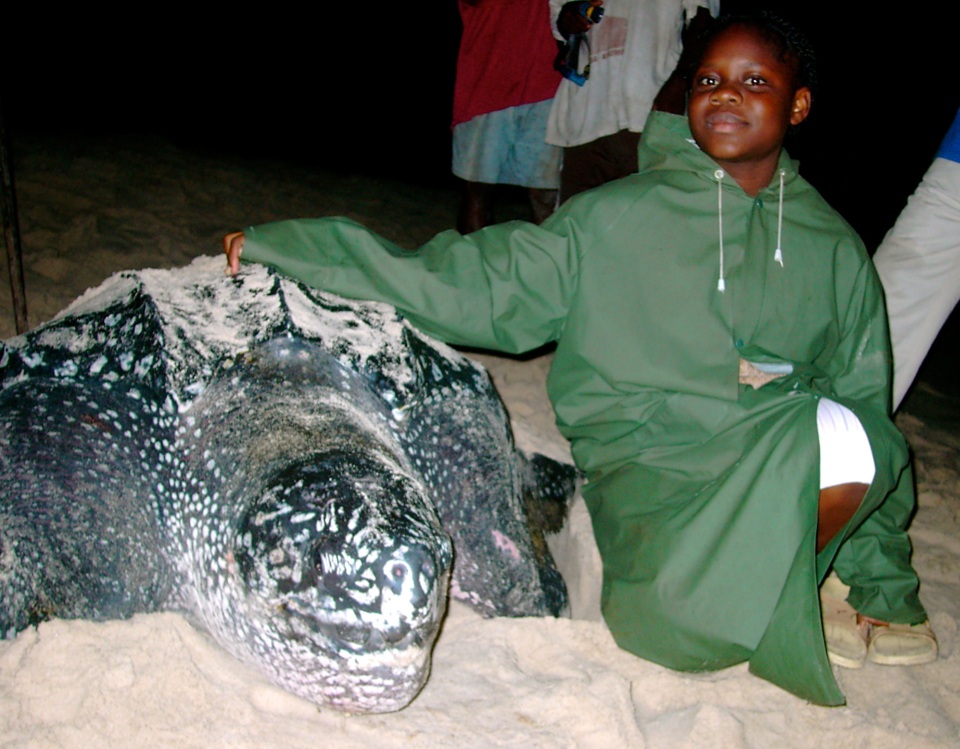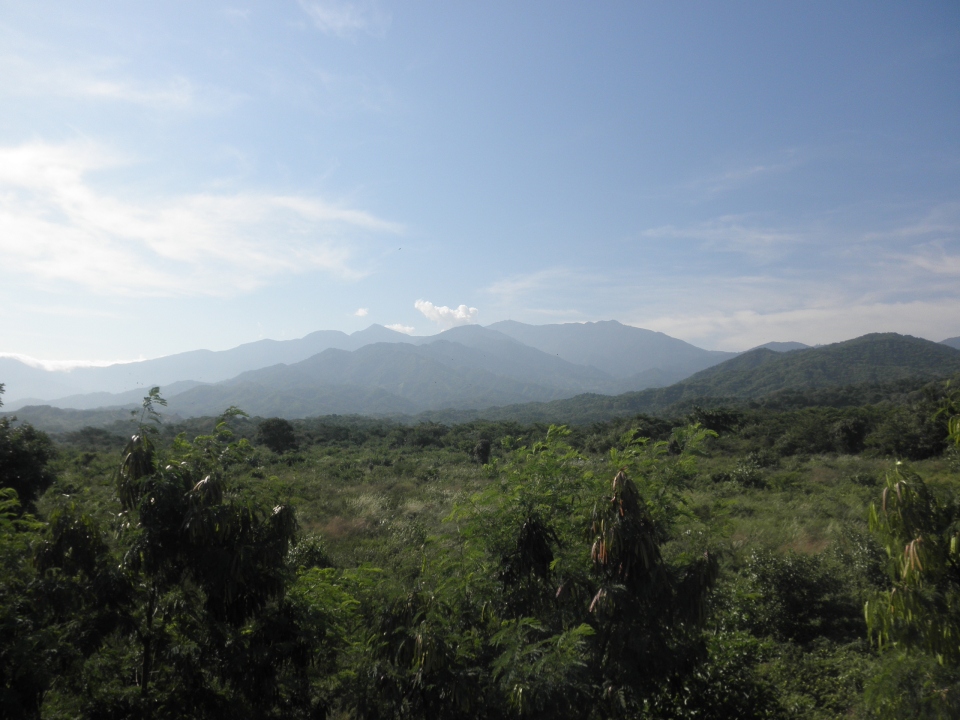Day 7 Facebook #challengeonnaturephotography
Day 7 of my #challengeonnaturephotography! This week has flown by. Perhaps the most important aspect of promoting wildlife conservation, and ensuring efforts are sustainable and successful, is to ensure that local communities with the largest stake in the actual lands and wildlife that surround them are the key actors in conservation efforts. As a Peace Corps volunteer in Gabon, I was blessed to be able to work in elementary and secondary schools, with incredibly motivated students, teachers, and families to explore sustainable methods to promote conservation of Gabon’s outstanding biodiversity. This photo is from a nightly tour with turtle researchers and some of my students. The critically endangered leatherback turtle is an international symbol for wildlife conservation, and it will only be protected through serious efforts that include local schoolchildren, their families, and their communities. For my last nomination, I’m tapping a friend from Gabon, Ghislain Bouassa, a dedicated environmental steward, conservationist, and ecoguide I had the pleasure of working with in the Gamba Complex of Protected Areas in southwestern Gabon. Since this is my last day, I’m also nominating Troy Inman, a phenomenal photographer who I met in Gabon working on national park conservation efforts and whose native South Africa provides a stunning backdrop for further photography and conservation work. Ghislain and Troy, the #challengeonnaturephotography is to post a new photo every day for 7 days promoting wildlife conservation, and to nominate a new friend each day to do the same.

Student posing with a nesting leatherback turtle near Gamba, Gabon (by Jason Gray)
Day 6 Facebook #challengeonnaturephotography
Approaching the end of the week for my #challengeonnaturephotography. My Day 6 photo is of the Sierra Nevada de Santa Marta in Colombia. Tropical forests are not only home to important species of plants and animals, they act as one of the world’s most important carbon sinks. Destruction of tropical forests through deforestation and degradation activities unfortunately have also rendered them into one of the world’s most important carbon sources – deforestation of tropical forests accounts for more carbon emissions than the entire global transportation sector, so efforts to tackle climate change must include enhanced efforts to engage with communities, business, and governments, to reduce these emissions, increase community and habitat protections, and improve wildlife conservation. I’m nominating Ian Redmond to this challenge as well. Ian, the challenge is to post a new photo every day for 7 days to promote wildlife conservation, and to nominate a new friend each day to do the same.

New study on overhunting and climate change
A call to action on multiple fronts! A recent article on Mongabay (one of my favorite environmental news services) discusses a new study in the Proceedings of the National Academy of Sciences that highlights the importance of seed dispersal of large tree species by large mammals (in particular, large primates and tapirs) and the impact of overhunting of these species on the health of tropical forests in the Amazon. Of greatest global concern, the study highlights the “long-term biomass collapse” due to this overhunting, and the ecosystem and climate impact such collapse can cause. Protecting tropical forests and seeking enhanced climate finance to reduce emissions from tropical deforestation and forest degradation is important for conserving biodiversity and indigenous and forest-dependent community livelihoods. Now, the converse seems true as well – protecting and conserving biodiversity will enhance forest seed dispersal and further reduce climate changing impacts from decreased forest health. See Peres, C.A., Emilio, T., Schietti, J., Desmoulière, S.J.M., & Taal Levi, T. (2016). Dispersal limitation induces long-term biomass collapse in overhunted Amazonian forests. PNAS. doi:10.1073/pnas.1516525113
Day 5 Facebook #challengeonnaturephotography
Day 5 of 7 in my #challengeonnaturephotography! I’m bending the rules a little today, by posting 2 photos to promote wildlife and habitat conservation in a country dear to my heart. Panama houses an incredibly rich biodiversity, including a remarkable number of bird species who spend at least part of the lives on this narrow, beautiful isthmus connecting North and South America. Panama’s indigenous communities are some of the most important stewards of this biodiversity. My photos are of a roadside hawk in Darien Province (the largest remaining lowland tropical forest in Panama) and a coatimundi posing above the clouds of Volcan Baru, which soars above the cloud forests of La Amistad International Park. While Panama has instituted important biodiversity protections, there is much more that needs to be done. My nomination today is Rodriguez Ariel, who has a wealth of photos that beautifully and poignantly highlight Panama. Ariel, this challenge is to post a new photo (or, 2 as I’ve done today) each day for 7 days, and to nominate a new friend each day to do the same.


